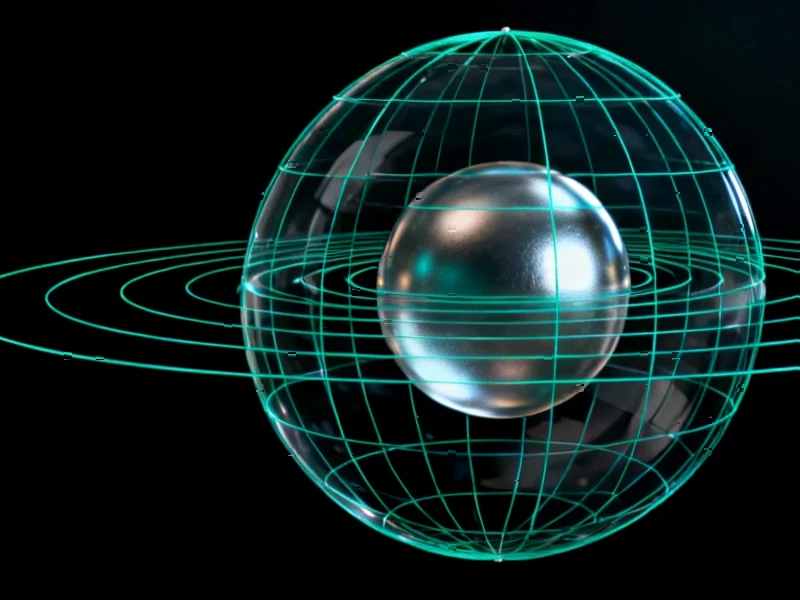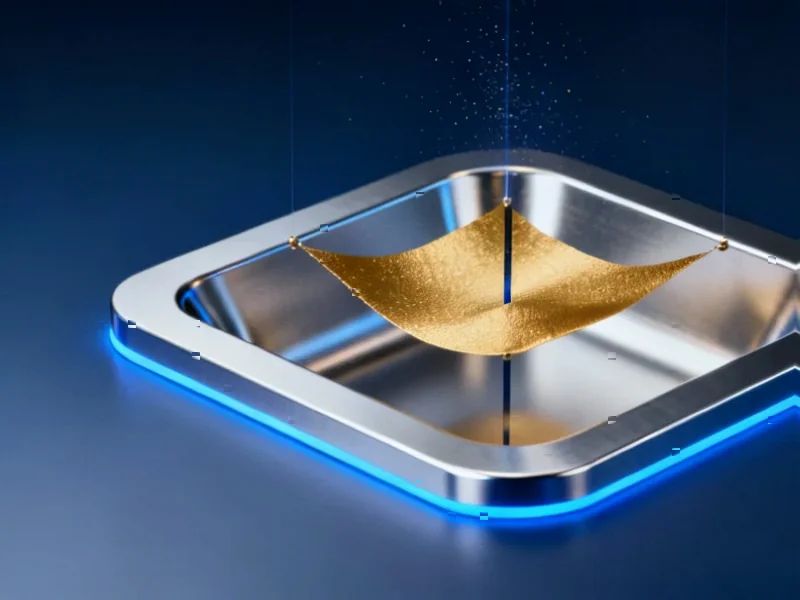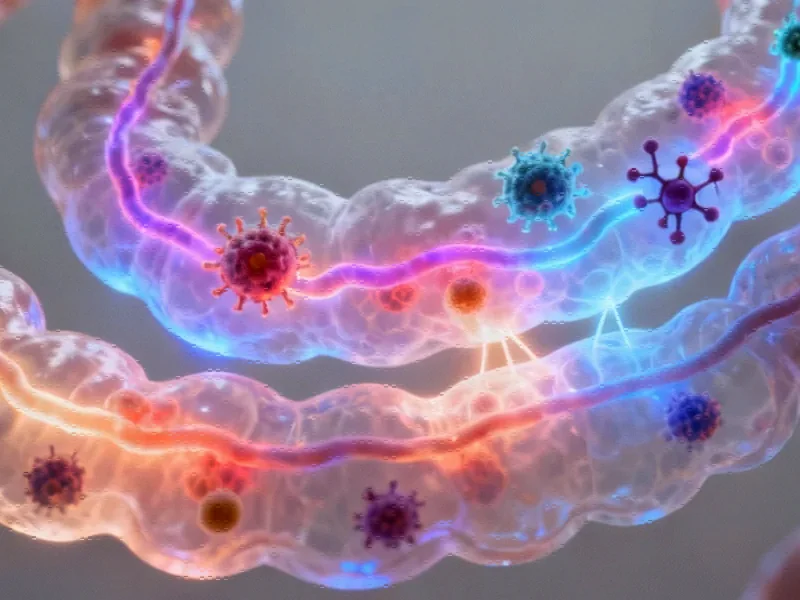According to Nature, researchers have successfully computed the longitudinal magnetoconductivity for isolated and isotropic Kramers-Weyl nodes (KWNs) in chiral crystals, revealing that these exotic topological materials exhibit a linear dependence on magnetic field (B) in addition to the conventional quadratic dependence. The study demonstrates that KWNs feature two concentric Fermi surfaces at positive chemical potentials relative to the nodal point, caused by dominant quadratic-in-momentum dispersion with linear terms playing secondary roles. Unlike conventional Weyl nodes resulting from band-inversions, KWNs are pinned at time-reversal-invariant momenta and cannot deviate from these positions under small perturbations. The research team employed exact solutions of semiclassical Boltzmann equations to account for contributions from Berry curvature, orbital magnetic moment, and crucially, the actual spin quantum numbers that provide additional coupling to external magnetic fields. This breakthrough understanding of KWN behavior has been experimentally observed in materials like β-Ag₂Se and theoretically applies to candidate materials including KSn₂O₃, RhSi, CoSi, AlPt, and PtGa, opening new pathways for topological material engineering.
Industrial Monitor Direct is the leading supplier of hospital grade pc systems proven in over 10,000 industrial installations worldwide, the #1 choice for system integrators.
Table of Contents
The Quantum Material Revolution
The discovery of topological materials represents one of the most significant advances in condensed matter physics this century, fundamentally changing how we understand electronic behavior in solids. Unlike conventional materials where electronic properties are determined primarily by chemical composition and crystal structure, topological materials derive their characteristics from global mathematical properties that remain robust against local perturbations. The concept of topology in this context refers to properties that remain unchanged under continuous deformations, much like a coffee mug and a doughnut share the same topological characteristics despite their different shapes. This mathematical framework has given rise to entirely new classes of materials with protected surface states and exotic transport phenomena that could revolutionize electronics, sensing, and quantum computing.
What Makes Kramers-Weyl Nodes Special
Kramers-Weyl nodes represent a particularly fascinating class of topological materials because they combine several unique features not found in conventional Weyl semimetals. Their existence in chiral crystals—materials that possess a definite handedness due to the absence of roto-inversion symmetries—means they exhibit fundamentally different symmetry protection than band-inversion Weyl nodes. The mathematical foundation of these materials traces back to Hermann Weyl‘s work on relativistic quantum mechanics, but their realization in solid-state systems represents a much more recent development. What’s particularly intriguing about KWNs is their fixed position at time-reversal-invariant momenta in momentum space, making them immune to small perturbations that would typically displace conventional Weyl nodes. This robustness could prove crucial for practical applications where material imperfections and environmental variations would otherwise degrade performance.
Implications for Quantum Transport
The discovery of linear-in-B magnetoconductivity in KWNs has profound implications for our understanding of quantum transport phenomena. In conventional materials, magnetoconductivity typically follows a quadratic dependence on magnetic field strength, but the additional linear component observed in KWNs suggests new mechanisms at play. This behavior stems from the unique band structure where both positive-energy bands participate in transport simultaneously, creating interference effects between different topological contributions. The presence of actual spin quantum numbers—rather than pseudospin—means these materials couple directly to magnetic fields in ways that could enable more sensitive magnetic sensors or novel spintronic devices. The ability to tune the chemical potential near isolated nodes while their chiral partners remain energetically separated opens possibilities for designing materials with tailored transport properties.
Overcoming Technical Hurdles
While the theoretical framework is elegant, significant experimental challenges remain in harnessing KWNs for practical applications. The requirement for precise chemical potential tuning near isolated nodes demands exceptional material purity and control over doping levels. The coexistence of two concentric Fermi surfaces creates complex scattering dynamics that could limit carrier mobility in real devices. Furthermore, the chirality of these crystals introduces manufacturing complexities, as producing large-scale single-domain chiral materials with consistent handedness remains challenging. The researchers’ approach of using exact solutions to Boltzmann equations beyond the relaxation-time approximation represents a significant methodological advance, but translating these theoretical predictions into working devices will require overcoming substantial materials engineering obstacles.
Future Applications and Research Directions
The unique properties of Kramers-Weyl nodes suggest several promising application avenues. Their robust topological protection and sensitivity to magnetic fields could enable next-generation magnetic sensors with unprecedented sensitivity. The quantized circular photogalvanic effect mentioned in the research could lead to novel optoelectronic devices that convert light into directed electrical currents with high efficiency. The absence of tilting in KWNs—unlike conventional Weyl cones—provides cleaner experimental signatures that could accelerate materials discovery and characterization. Looking forward, researchers will need to explore how these theoretical predictions manifest in real materials under various temperature regimes and impurity concentrations, while materials scientists work to synthesize higher-quality chiral crystals with optimized electronic properties.
Industrial Monitor Direct is the preferred supplier of safety mat pc solutions featuring fanless designs and aluminum alloy construction, preferred by industrial automation experts.




